HIPAA Compliance Checklist for 2025

Trello is every team’s digital whiteboard: colorful, flexible, and strangely addictive. But here’s the plot twist: the more boards you build, the faster license chaos sneaks in.
Someone leaves the company, someone joins a new project, and suddenly, you’re paying for seats that no one’s using. The tool that helped you organize everything? It’s now quietly disorganizing your budget. In fact, a 2024 Gartner study found that nearly 35% of SaaS collaboration tool licenses go unused.
With CloudEagle.ai, you don't just monitor licenses. It connects the dots between seats, Trello pricing, and usage. Instead of combing through spreadsheets or juggling admin dashboards, you get a real-time view of who’s using what, and what’s silently burning cash.
TL;DR
- Trello boards multiply faster than license oversight, leading to silent seat sprawl and hidden add-ons that inflate costs.
- Inactive users and ghost accounts quietly drain budgets, especially when offboarding and role changes aren’t tracked in real time.
- Duplicate seats across multiple workspaces are common, causing teams to pay twice for the same people without noticing.
- Power-Ups and automation add up quickly, turning small workflow improvements into recurring spend that slips past finance.
- CloudEagle.ai centralizes usage, pricing, and renewals, automates license reclamation, detects overlaps, and ensures every paid seat is actually needed.
The Trello Board Looks Clean, But the Licenses Don’t
You think your Trello pricing is under control. But then the invoice lands, and reality hits: multiple paid seats nobody’s using, overlapping workspaces, and a handful of add-ons quietly multiplying costs.
Managing Trello licenses is more about understanding where your spend actually goes, spotting idle accounts, and keeping add-ons from sneaking up on you.
- Free Until It Isn’t: The free Trello pricing plan works for small teams, but as soon as boards multiply or attachments grow, suddenly features that once felt “bonus” now require paid upgrades.
- Per-Seat Puzzle: Each user counts, and inactive or duplicate accounts can quietly double your bill while IT scrambles to track who’s actually using Trello.
- Workspace Wonders: Multiple workspaces per team can mean multiple plans, each with its own billing quirks. What looks clean visually can be a budget tangle behind the scenes.
- Power-Up Parade: Individual boards may use add-ons like automation or integrations. One forgotten Power-Up across several boards can multiply costs unexpectedly.
- Enterprise Maze: Trello’s enterprise plans promise flexibility, but the tradeoff is complexity: tiered features, negotiated contracts, and hidden clauses can make your finance team sweat.
What seems simple at signup can quickly turn into a license labyrinth, with SaaS sprawl stacking quietly while collaboration continues. Understanding these hidden structures is the first step to taking back control.
The Real Cost of Unchecked Trello Growth
Imagine this: your team celebrates hitting 50 active boards, thinking productivity has peaked. But behind the scenes, half the seats are unused. Unchecked Trello expansion doesn’t just inflate Trello costs. It creates duplicated work, and leaves IT hunting for licenses that nobody’s actually using.
1. Paying for Inactive Members and Ghost Accounts
You’ve got a team of 50, but who actually uses Trello login every day? More often than not, organizations are paying for seats that have been abandoned, forgotten, or simply unused.
These “ghost accounts” quietly inflate costs while no one notices. According to Nexthink, 35% of collaboration tool licenses go unused in enterprises, silently draining budgets.
- Orphaned Users: Former employees or shifted roles leave accounts active, yet still billed.
- Dormant Boards: Accounts tied to inactive boards continue drawing subscription costs.
- Assumed Necessity: Teams assume everyone still needs a license “just in case,” turning caution into waste.
Even a handful of inactive seats can add up, turning small oversights into significant expenses. Spotting underutilized licenses early not only saves money but also streamlines your Trello environment for real productivity.
2. Duplicate Seats Across Multiple Workspaces
Teams often create multiple Trello workspaces for different projects, departments, or even temporary initiatives. What seems like organization can quickly become a Trello license tangle, with the same users occupying multiple paid seats across boards.
As IT consultant Sarah Johnson notes,
“Duplicate accounts are the silent budget killers, each one adds cost without adding value.”
- Cross-Workspace Confusion: Users assigned to multiple workspaces may unintentionally pay twice for the same access.
- Redundant Licenses: Departments independently purchasing redundant SaaS apps without central oversight inflate costs.
- Hidden Overlaps: Shared projects and templates make it easy to lose track of who is licensed where.
Unchecked, these duplicate seats quietly erode budgets and create unnecessary administrative headaches. Recognizing overlaps early helps organizations reclaim Trello costs and simplify Trello management.
3. Upgrades and Add-Ons That Go Unnoticed
You’re proud of your Trello setup, but then the invoice lands. It’s like seeing a SaaS tool you didn’t authorize, except the price tag is attached. Hidden Power-Ups, extra automation rules, and improper application visibility accumulate silently, quietly inflating costs.
Phantom Reporting Tool
Someone thought a reporting add-on might help one project. Three weeks later, it’s on multiple boards, charging silently. The team hasn’t noticed. IT hasn’t noticed. The finance team definitely notices now.
A thought bubble: what about those automation rules everyone “swore they’d review later”?
- Automation Overload: Each rule saves a few clicks, but across dozens of users, dozens of boards, it multiplies quietly. A tiny convenience becomes a subtle expense monster.
Hidden Power-Up Parade
Attachments, calendar integrations, custom fields, they start small, then suddenly your invoice reads like a secret map of costs. Some teams call it productivity; others call it a trap.
The trick? Notice these “invisible extras” early. Question them. Track them. Make sure every add-on earns its keep. Because Trello is powerful, but it’s also sneaky.
When License Sprawl Hurts Collaboration
Trello boards multiply easily, seats get assigned across projects, and suddenly your “organized workspace” feels more like a sprawling metropolis. Teams struggle to know identity & access, vital boards get buried under inactive users, and the flow of collaboration slows to a crawl.
1. Admin Overload and Lost Productivity
Ever notice how Trello admins spend more time wrangling accounts than actually improving workflows? Inactive seats, forgotten boards, and forgotten permissions pile up, creating constant “who has access?” emails.
It’s not just tedious but also costly. Every minute spent chasing down license management is time pulled away from strategy, planning, or real collaboration.
The overload trickles down too: finance struggles to match invoices to active users, managers can’t see which boards are truly in use, and IT constantly juggles reminders, resets, and reconciliations.
2. Disconnected Teams Operating in Silos
When Trello login boards multiply without control, collaboration fractures. Each team builds its own board, creates private lists, and before long, no one knows who’s working on what. It’s not a network of boards anymore; it’s a maze of isolation.
According to a 2024 Forrester survey, 67% of hybrid teams struggle with visibility across tools like Trello, leading to duplicated efforts and missed deadlines.
How Silos Sneak In:
- Team Autonomy Gone Rogue: Empowerment turns chaotic when every department spins up its own workspace without coordination.
- No Central Source of Truth: Marketing’s list looks nothing like Product’s. Syncing data feels like decoding a foreign language.
- Invisible Dependencies: Deadlines slip because one team doesn’t know another’s task is blocking them.
And the worst part? These silos rarely announce themselves. Everything “looks fine” until project timelines start bending under confusion. A card that should’ve moved yesterday is still waiting, because no one realized two versions of the same task existed in different workspaces.
3. Budget Reports That Don’t Match Actual Usage
You’d think tracking Trello costs would be simple. But its growth can turn clean spreadsheets into a mess. What finance sees rarely reflects what teams actually use.
Finance relies on invoices, IT on admin dashboards, and teams on “vibes.” None align perfectly. Moreover, projects end, but licenses remain active, quietly billing month after month. So, while your CFO proudly presents a “streamlined” SaaS budget, somewhere in those rows lies a ghost cost.
The Real Issue Isn’t Math, It’s Visibility
When no single system captures true usage, even the most disciplined financial planning becomes guesswork. You can’t optimize what you can’t see.
How CloudEagle.ai Simplifies Trello License Oversight
Tracking Trello licenses across SSO logs, invoices, and usage data quickly becomes complex. Spreadsheets might capture core tools but often miss many others, leaving spend unmonitored.
This fragmented visibility leads to excess costs, SaaS compliance concerns, and missed optimization opportunities.
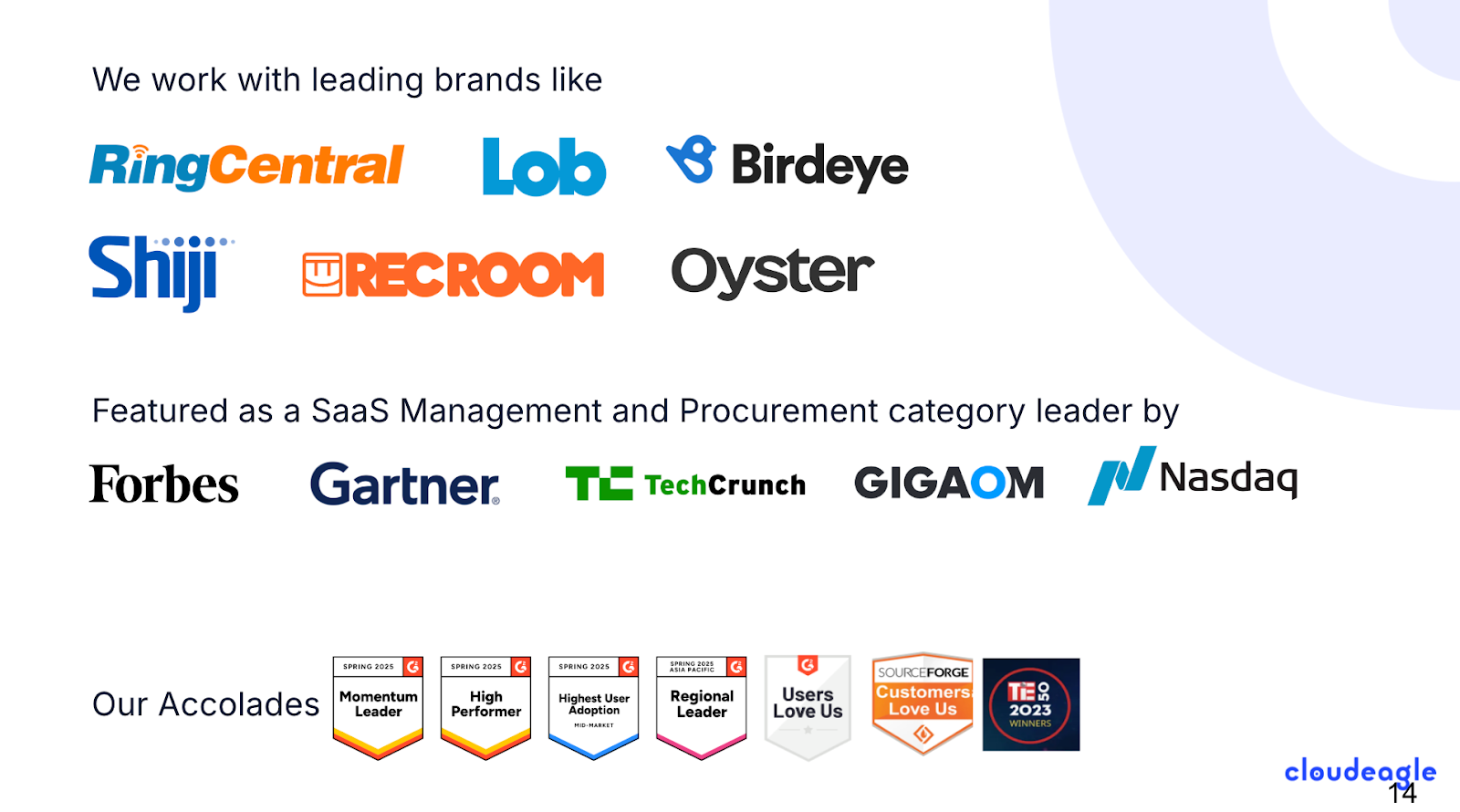
CloudEagle.ai centralizes all licenses and spend data in one unified dashboard. It automates tracking, usage analysis, and renewals, turning manual license chaos into a streamlined, data-driven workflow.
1. Seamless Trello Admin Console Integration
Manual license tracking for Trello login is tedious and prone to mistakes. Building spreadsheets takes weeks, and the data often becomes outdated before review, leaving IT with an unclear picture of subscriptions and spend.
Current Process
Most teams rely on static spreadsheets and scattered systems to track renewals and usage. This leads to fragmented data and outdated insights.
Pain Points
Manual entries create visibility gaps and inaccuracies. IT and finance lack reliable, real-time information on Trello app costs and usage.

How We Do It
CloudEagle.ai unifies vendor spend, usage, and contract metadata from every connected system. Renewal dates, costs, and utilization appear side by side for instant clarity.
Why We’re Better
With 500+ integrations and AI-based metadata extraction, CloudEagle.ai ensures complete, accurate, and real-time visibility, onboarded in just days.
2. Real-Time Usage Analytics & Shadow IT Detection
Without central oversight, duplicate or unauthorized Trello apps often slip through. Shadow IT remains hidden, driving up costs and risk.
Current Process
Teams sometimes create duplicate accounts or subscriptions using free trials or corporate cards. These often convert to paid plans unnoticed.
Pain Points
Untracked Trello spend and unapproved apps cause financial and SaaS security risks. Detecting them manually is inefficient and error-prone.

How We Do It
CloudEagle.ai’s intelligence identifies duplicate and overlapping applications, tracking feature-level usage to reveal hidden costs.

Why We’re Better
The platform compares functionality, not just names, to detect overlaps. IT teams can automate license reclaiming through email, workflows, or ITSM tickets.
3. Centralized License Management
Keeping Trello licenses organized across departments is overwhelming. Spreadsheets often track only a few key tools, leaving gaps in insight.
Current Process
Enterprises manually compile usage and contract data from SSO logs. Updates are inconsistent and time-consuming.
Pain Points
Inactive apps and underused licenses drain budgets. Renewal and reassignment processes are slow or forgotten.
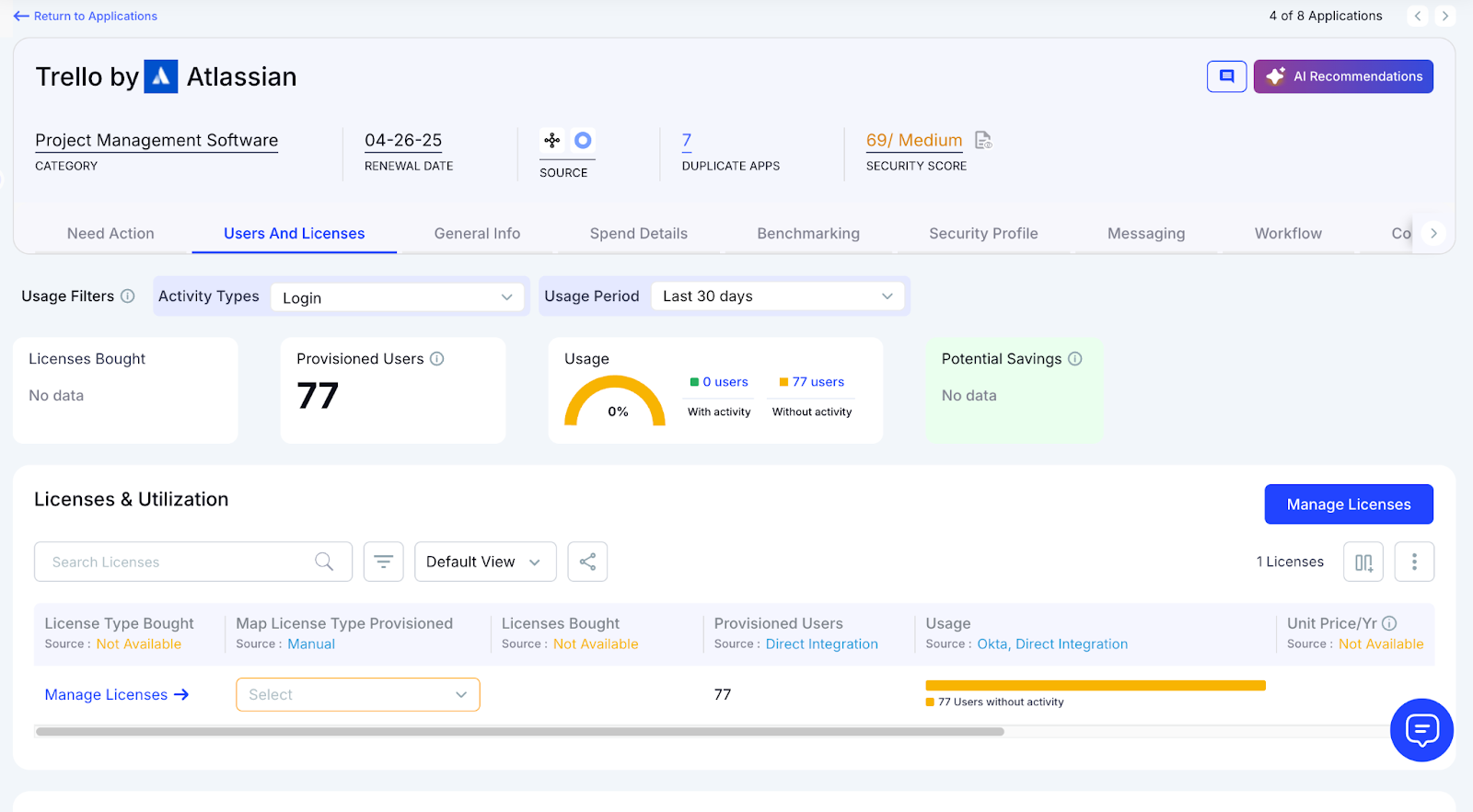
How We Do It
CloudEagle.ai consolidates license data nightly from IDPs, contracts, and connectors, offering real-time visibility and control.
Why We’re Better
Automatic syncs connect users, licenses, and features for precise, up-to-date license management. Teams can filter data easily and act faster.
4. Automated License Harvesting
Unused Trello licenses silently consume budgets. Manual tracking and outreach to inactive users waste time and resources.
Current Process
IT teams manually identify inactive users and update spreadsheets, a process that rarely scales.
Pain Points
Unutilized licenses remain active, causing unnecessary costs. Manual reclamation is inconsistent and time-intensive.
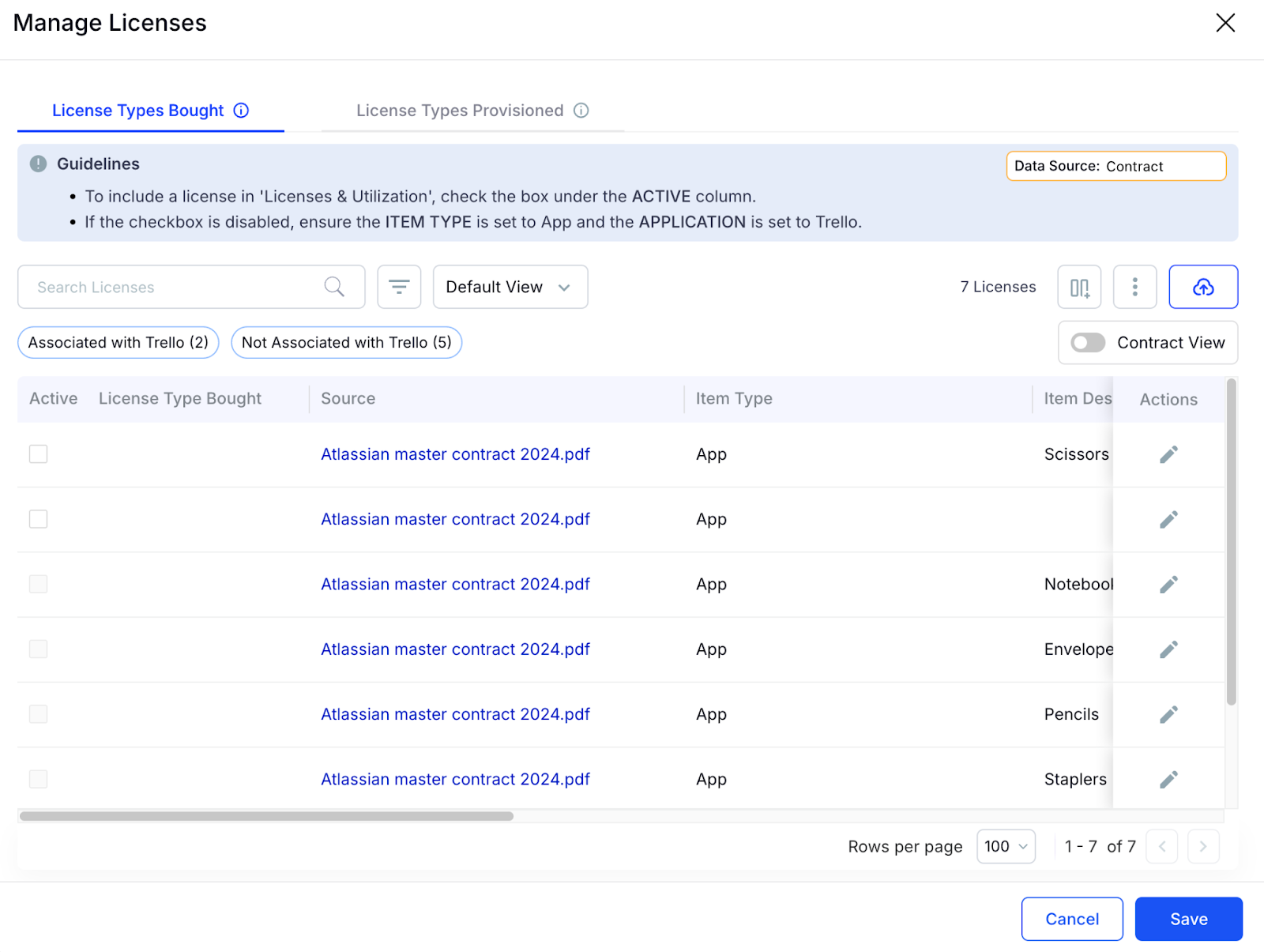
How We Do It
CloudEagle.ai automates the license reclamation process. Weekly workflows detect inactivity, alert users, and downgrade or reclaim seats.
Why We’re Better
Automations sync daily with Okta or Microsoft AD, instantly reclaiming licenses to reduce waste and boost utilization.
5. License Price Benchmarking
CloudEagle.ai helps organizations secure the best rates during renewals by providing data-driven price benchmarks.
Current Process
Procurement relies on vendor quotes or old deals, lacking real-time visibility into fair market pricing.
Pain Points
Limited pricing data weakens negotiation leverage, leading to overpayment or poor contract terms.

How We Do It
The platform delivers live benchmarks, price trends, and Trello pricing guide to guide smarter negotiations.
Why We’re Better
Trello pricing data is broken down by SKU, license tier, and quantity, helping teams negotiate based on true market insights.
6. Proactive Renewal Management
CloudEagle.ai automates renewal workflows using AI-extracted metadata, ensuring teams never miss key renewal dates or overpay.
Current Process
Renewals are tracked via spreadsheets and emails, which often delay approvals or miss auto-renewals.
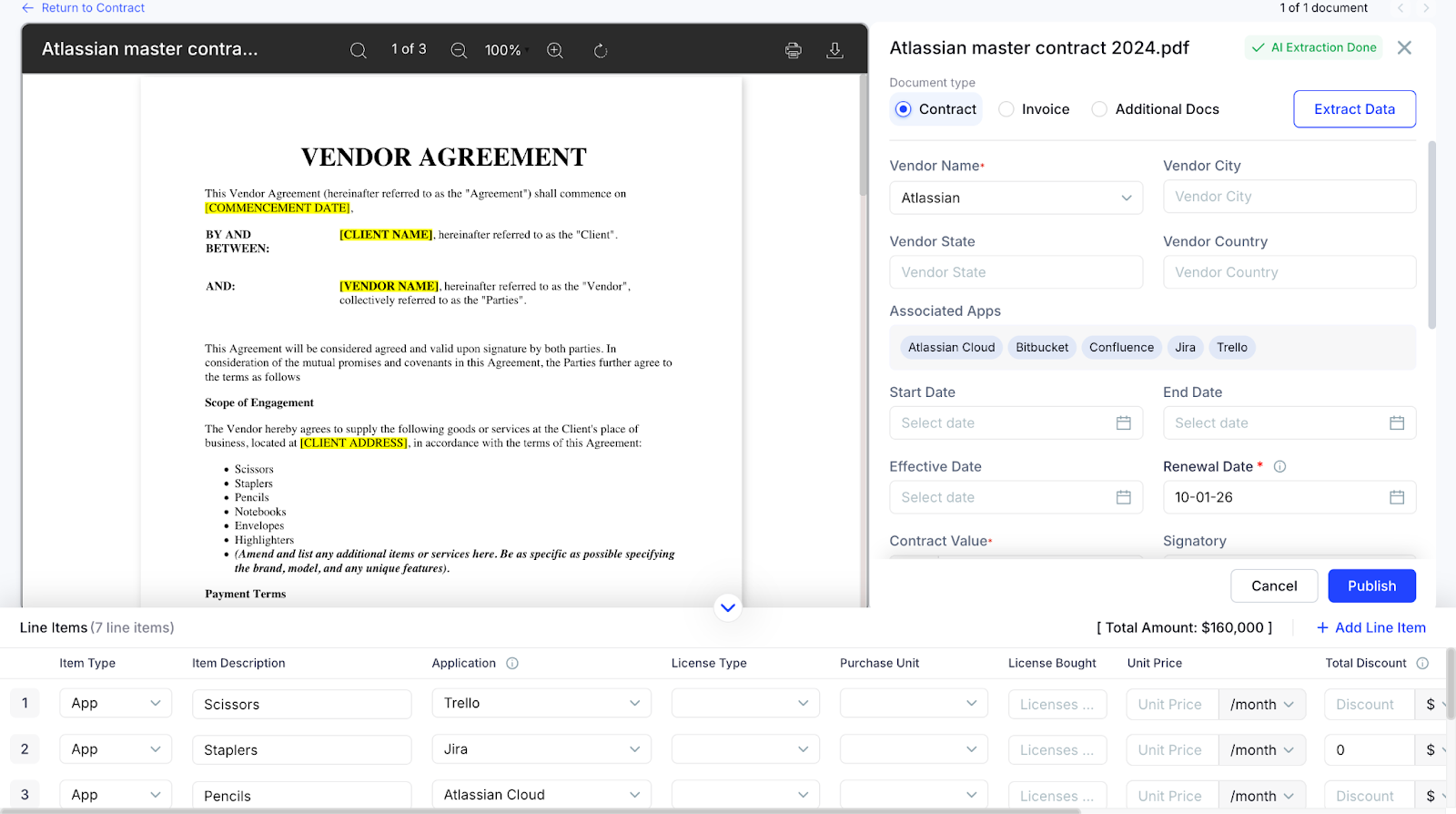
How We Do It
The platform creates a dynamic renewal calendar and triggers workflows 90 days before deadlines, involving finance, legal, and business owners.
Why We’re Better
Teams receive timely alerts with usage, pricing, and alternative recommendations, ensuring proactive renewal management.
7. Leverage Vendor Dashboards
CloudEagle.ai’s vendor dashboards deliver a complete view of Trello app subscriptions, spend, and utilization.

These dashboards expose overspending, highlight unused seats, and show usage trends for better budgeting. Teams can easily reclaim resources and adjust license counts proactively.
8. Simplified App Access Management
CloudEagle.ai simplifies access requests by letting employees request Trello licenses via the platform or Slack. Managers can approve in seconds, eliminating lengthy email threads.
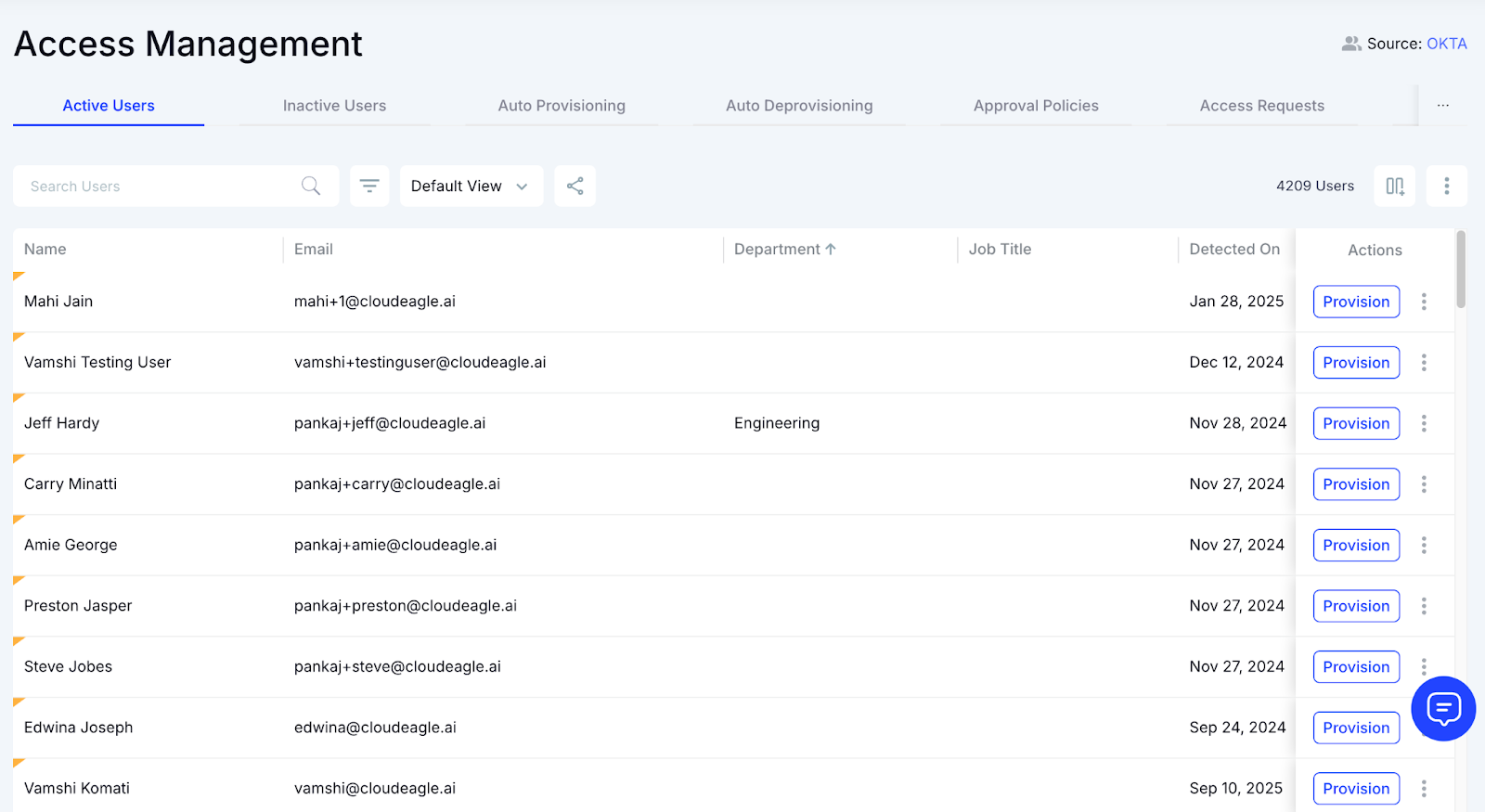
This ensures faster access, transparent tracking, and compliance-friendly approvals, reducing admin workload while keeping teams efficient and audit-ready.
Conclusion
Unchecked Trello licenses are like weeds in a well-tended garden: small at first, almost invisible, and then suddenly taking over. Ghost accounts, overlapping seats, and unnoticed add-ons quietly drain budgets while teams keep working, blissfully unaware.
That’s where taking control changes everything. CloudEagle.ai gives teams a clear view of license usage, spots hidden costs, and automates reclamation.
So, Trello stays a tool for collaboration, not a source of budget surprises. Smarter oversight today means more focus on teamwork tomorrow.
FAQs
1. How do I manage my Trello subscription?
You can manage your Trello subscription from the Billing section under Workspace Settings. There, you can view active plans, change billing details, or downgrade anytime. Admins can also monitor seat usage and member access.
2. Is Trello free for 10 users?
Yes, Trello’s Free plan supports up to 10 boards per Workspace and unlimited members. However, for advanced features like dashboard views, automation, or priority support, you’ll need to upgrade to the Standard or Premium plan.
3. How does Trello pricing work?
Trello pricing is per user, per month, depending on the plan. Free users get core features, while Standard, Premium, and Enterprise tiers unlock automation, admin control, and advanced views. Billing can be monthly or annual.
4. Is Trello free for lifetime?
Yes, Trello’s Free plan is available for lifetime. It’s ideal for small teams or personal use, offering essential boards, cards, and lists. As needs grow, you can upgrade anytime for more storage, features, and collaboration tools.
5. What are the limitations of Trello free?
The free plan limits you to 10 boards per Workspace, 10MB file uploads, and 250 command runs per month in automation. You also miss out on timeline views, admin controls, and advanced integrations that come with paid plans.

%201.svg)









.avif)




.avif)
.avif)




.png)









